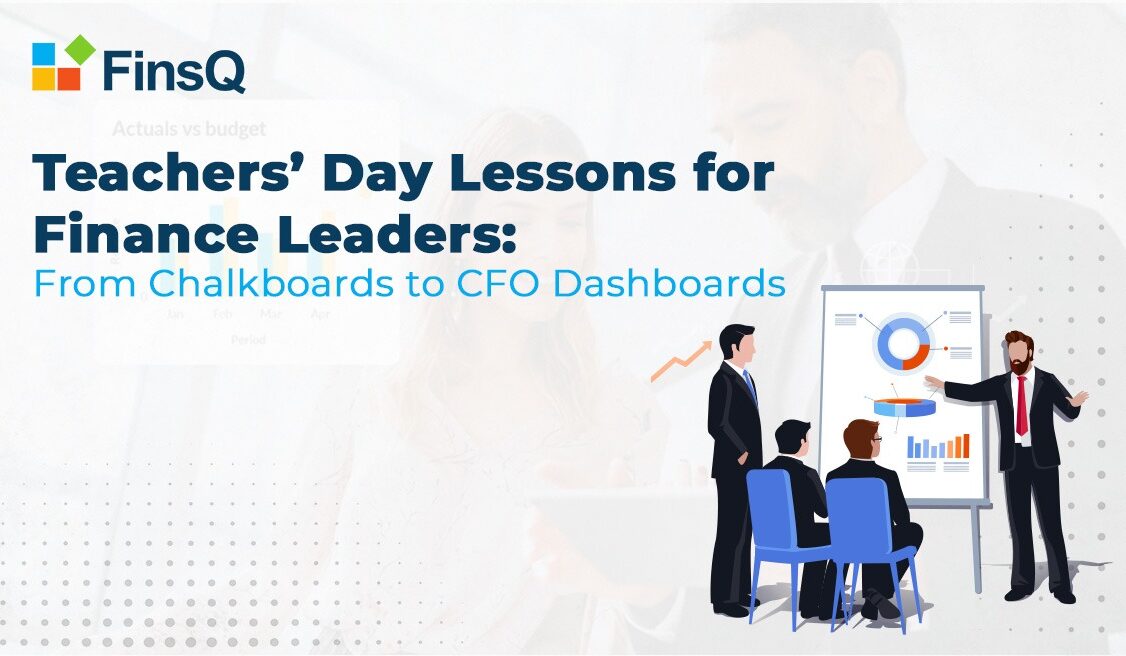
The Hidden Storm: Why Managing Risk Is the Unsung Hero of Business Growth
Once upon a time in the heart of a bustling city, two businesses sat across the street from each other. One, a fresh-faced startup named ByteBolt, run by three passionate friends. The other, Kumar & Sons, a 40-year-old family-run textile store passed down through generations.
Both were driven by ambition. Both had talent, dreams, and a loyal customer base.
Yet five years later, one had scaled into a national brand. The other… had quietly shut its doors.
So what happened?
The answer lies not in passion, product, or pricing—but in something more subtle. More silent. And far more dangerous if ignored.
Risk:
Chapter One: The Risks That Lurk in the Shadows
Running a business is a lot like sailing a ship. You may have the best crew and the most powerful engine, but without a radar to detect the icebergs, you could be headed for disaster.
Here are the icebergs of today’s business seas:
1) Strategic Risks
The Mistake: ByteBolt once almost expanded to three new cities based purely on gut feeling. No market research. No demand forecasting.
The Lesson: Markets shift fast. Blind expansion or sticking to outdated business models (a common issue in legacy businesses) can drain resources and damage brand equity.
How to Manage:
- Regularly review business plans.
- Validate decisions with data, not just instinct.
- Involve advisors or board members for an outside-in view.
2) Financial Risks
The Mistake: Kumar & Sons, in its third generation, continued to operate on cash-heavy, informal practices. One year of GST penalties and vendor defaults pushed them into a liquidity crunch.
The Lesson: In today’s regulated environment, financial hygiene is non-negotiable.
How to Manage:
- Implement professional bookkeeping and cash flow forecasting.
- Diversify revenue streams.
- Get insured. Get audit-ready. Every time.
3) Technology & Cyber Risks
The Mistake: ByteBolt lost hundreds of customer records to a data breach. It started with a single employee using an insecure password.
The Lesson: In the digital world, one vulnerability is enough.
How to Manage:
- Invest in cybersecurity early—firewalls, 2FA, regular audits.
- Train your team. Humans are often the weakest link.
- Backups, always. Cloud redundancy is not a luxury; it’s a necessity.
4) Talent Risks
The Mistake: Kumar & Sons never invested in next-gen leadership. The brightest young minds left for better-run companies.
The Lesson: Legacy can’t substitute leadership.
How to Manage:
- Create a culture that values innovation, not just hierarchy.
- Upskill employees. Bring in professionals when needed.
- Don’t fear outside talent—embrace it.
5) Compliance & Regulatory Risks
The Mistake: ByteBolt forgot to renew one key license when scaling. A surprise inspection nearly shut down their new warehouse.
The Lesson: Rules are getting tighter, and ignorance is no excuse.
How to Manage:
- Stay updated with regulatory changes—labor laws, environmental norms, tax codes.
- Appoint a compliance officer or engage consultants who stay ahead of the curve.
Chapter Two: What Happens When You Don’t Listen
Let’s go back to Kumar & Sons.
The third-generation heir, Rajat, had ideas. He wanted to sell online, introduce new materials, and build an app. But risk conversations were always brushed aside with “We’ve done it this way for years.”
Then the pandemic hit. Their supplier defaulted. Their store shut. Their loyal customers moved online—to newer players. Kumar & Sons had no digital backup, no online presence, and no emergency fund.
It didn’t have to be this way.







